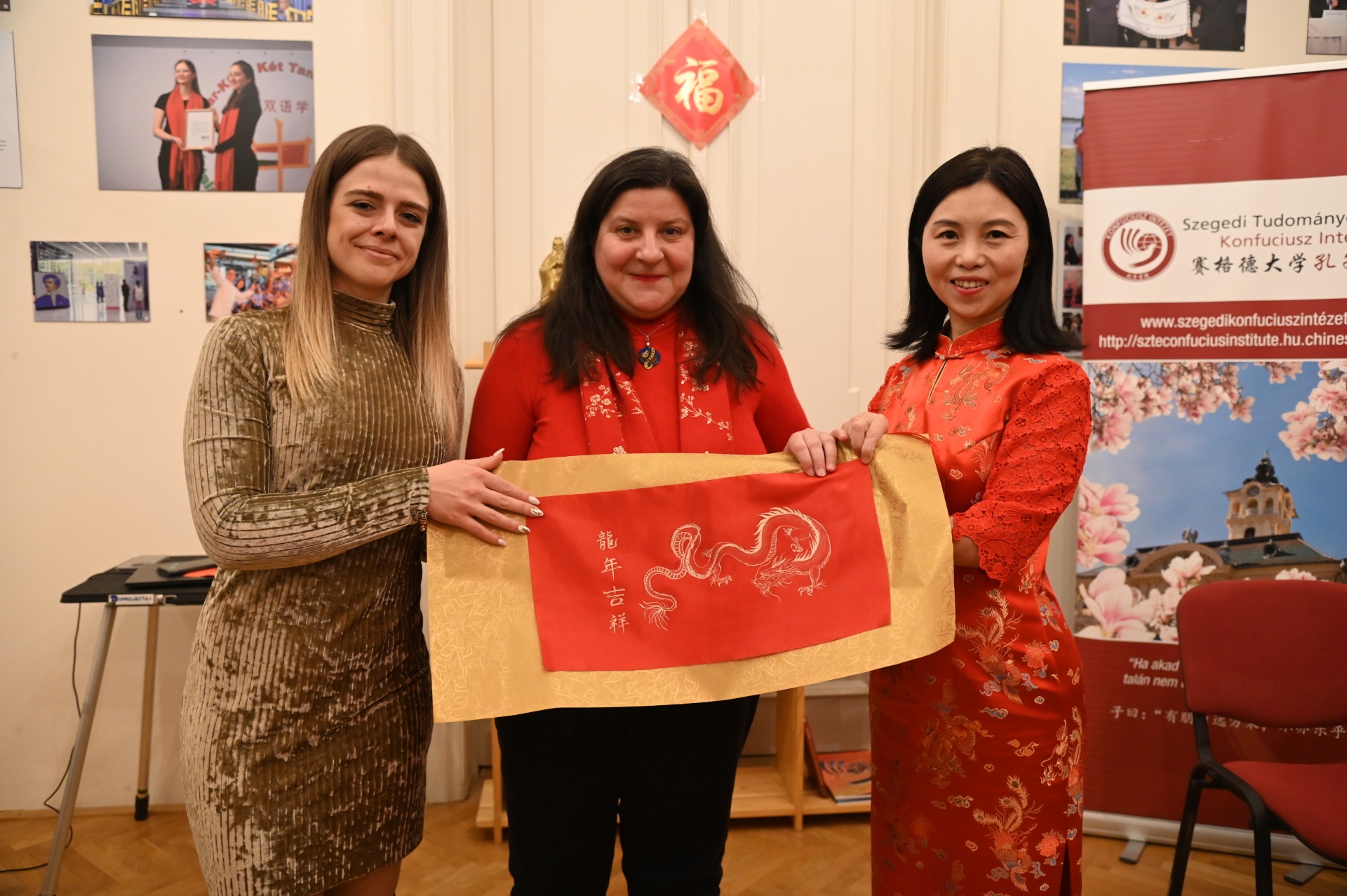
According to the Chinese calendar, the Year of the Wood Dragon begins on Saturday, February 10, with the traditional spring festival. The directors of the Confucius Institute of the University of Szeged held a lecture — attracting great interest — in which they presented the characteristics of the most important Chinese holiday and what we can expect from the Lunar New Year. In the Móra Ferenc Museum, this event concluded the temporary exhibition dedicated to the 10th anniversary of the Confucius Institute's BRI (Belt and Road Initiative).
On February 2, 2024, the two directors of the SZTE Confucius Institute gave a lecture about the upcoming Chinese Lunar New Year at the Móra Ferenc Museum. In addition to China, it is also celebrated in several countries in Asia - that is, a quarter of the world's population - and also in Western Asian communities, including in Hungary. The Hungarian Post also issues a related stamp every year.
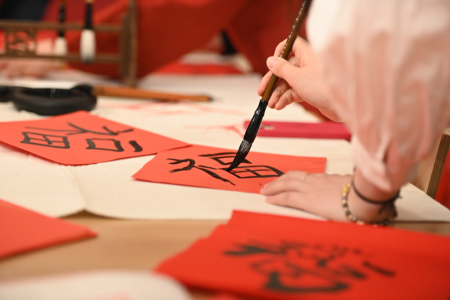

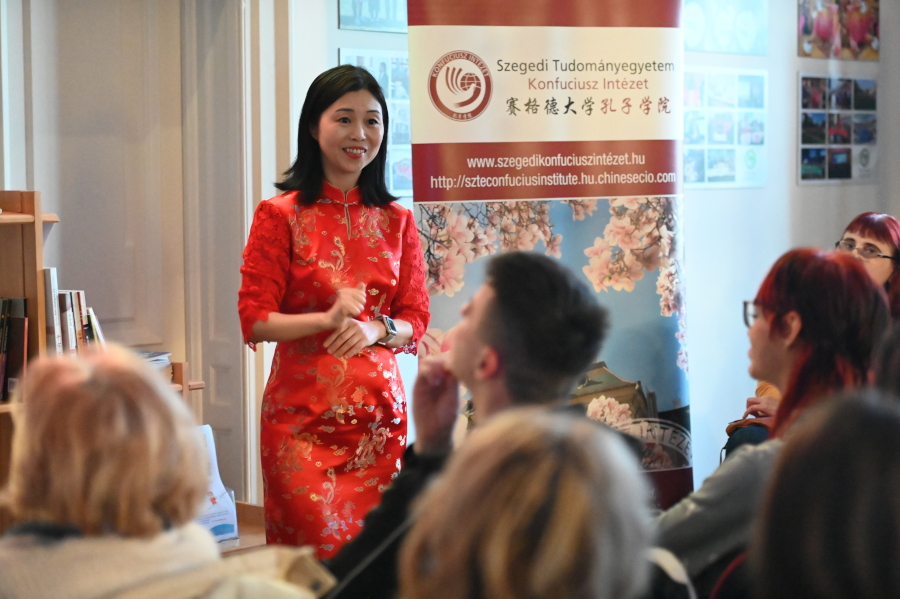
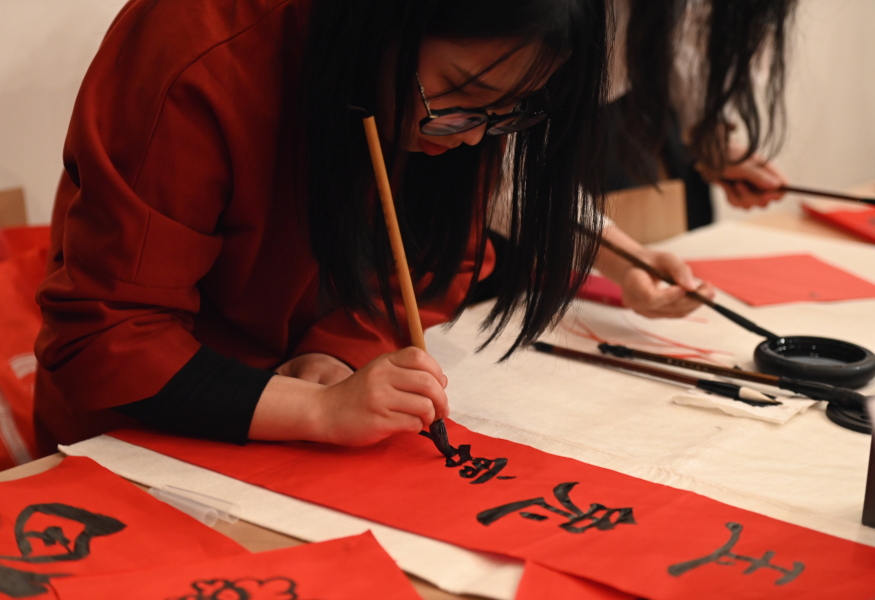
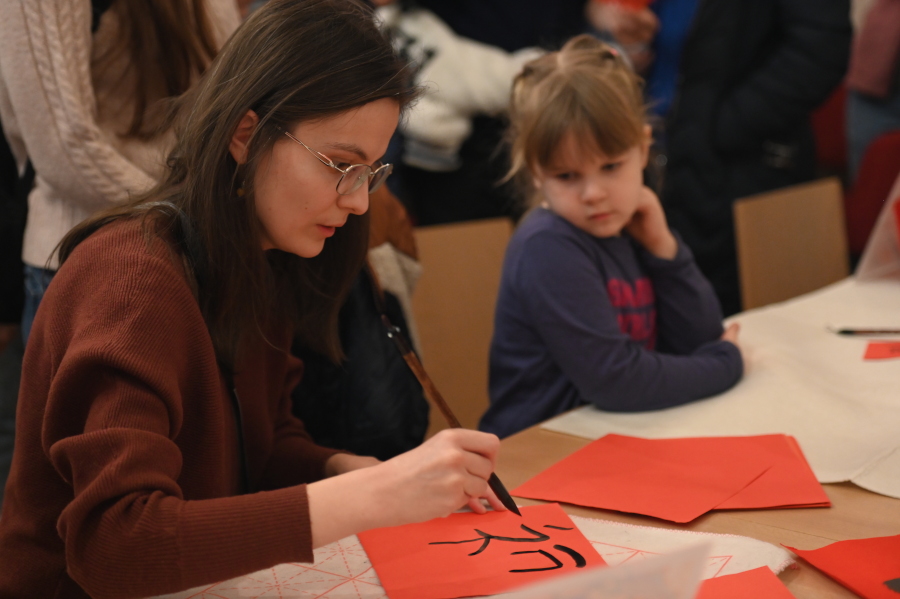
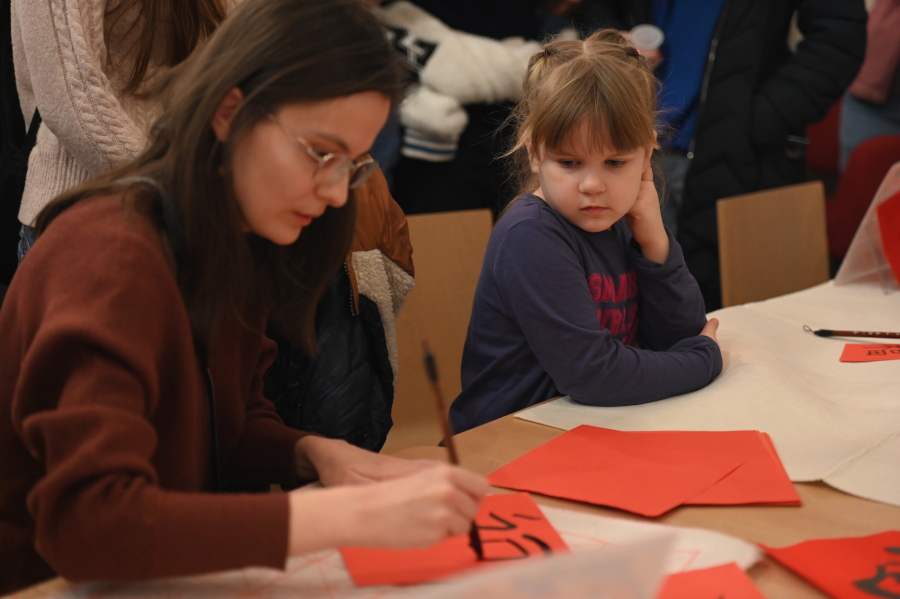

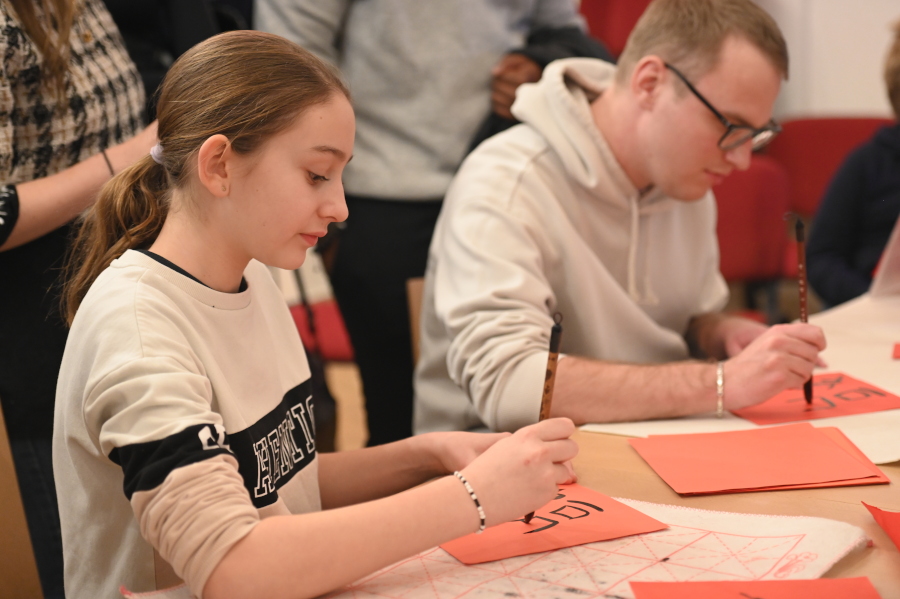

Photo gallery by Karina Bartha
- The holiday itself lasts for two weeks and is roughly our Christmas and New Year's Eve packed into one. The spring festival also brings with it the largest migration of people in the modern world. In China, millions of people set off, everyone is going to the countryside to be with their families, and the big cities are emptying out. I myself experienced that the streets were really empty, almost all the shops were closed - said Alexandra Zoltai, the Hungarian director of the SZTE Confucius Institute, who in her presentation detailed the background and moments of the holiday, including the festive food. In addition to the fish and long-life noodles, decorations were also discussed.
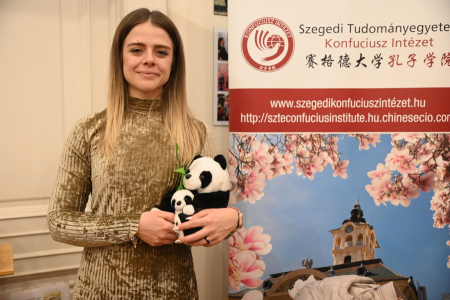
Alexandra Zoltai also gave a presentation at the event, at which the most famous Chinese animal, the giant panda, also appeared, although only in the form of a plush toy. Photo: Karina Bartha
Wang Rui, the Chinese director of the SZTE Confucius Institute, wearing traditional Chinese clothing, talked about the character "fu" 福 and its symbolic significance. She explained how the lucky character has changed throughout history, as the composition of the character has undergone significant changes.
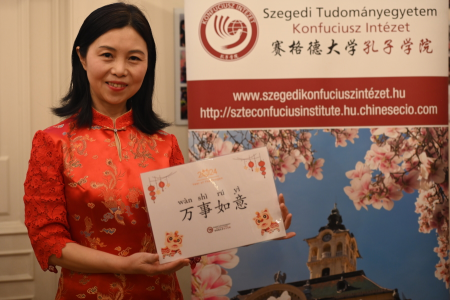
Wang Rui also shared her own experience with the audience about the character "fu". Photo: Karina Bartha
In the hall filled up fully, the audience also listened with interest to the fact that those born in the animal sign that is currently taking place should be careful, as it is not certain that the year will be lucky for them. Protection against this — according to Chinese tradition — is when someone wears something red or the given symbol, in this case, the dragon. A bracelet or earrings are perfect for this purpose.
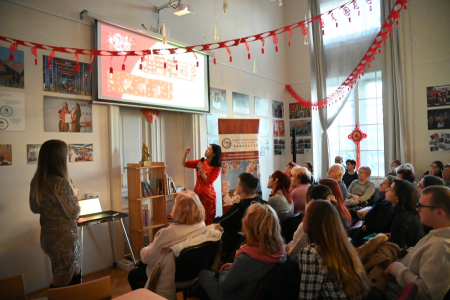
More and more people in Szeged are curious about Chinese culture. Photo: Karina Bartha
The experts also revealed the role of the spring festival's unmissable red envelope, which is traditionally given to children, but this custom has increasingly transformed and can be given to friends, colleagues, and even bosses. The spring festival also features the most-watched TV program in the world. During the more than 5-hour program, which is watched by hundreds of millions on television and online platforms, modern China and Chinese traditions are both recalled.
After the presentations, the Institute's Chinese instructors helped those interested to try out some elements of Chinese art and traditions.
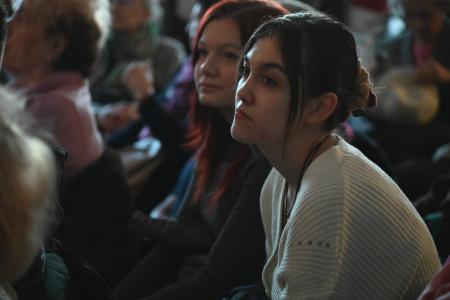
Among the 12 zodiac signs, the only mythical one is the Dragon, which is also one of the luckiest. On February 10, the Year of the Wood Dragon will arrive, which will be lucky, but we must return to helpfulness and modesty. The SZTE Confucius Institute welcomes those interested in Chinese culture and those students who would like to study Chinese this year as well.
Written by Ferenc Lévai
Translated by NKI
Featured image: Alexandra Zoltai, Edit Vékony, student of the SZTE CI calligraphy and painting course, and Wang Rui, at the event. Photo: Karina Bartha

